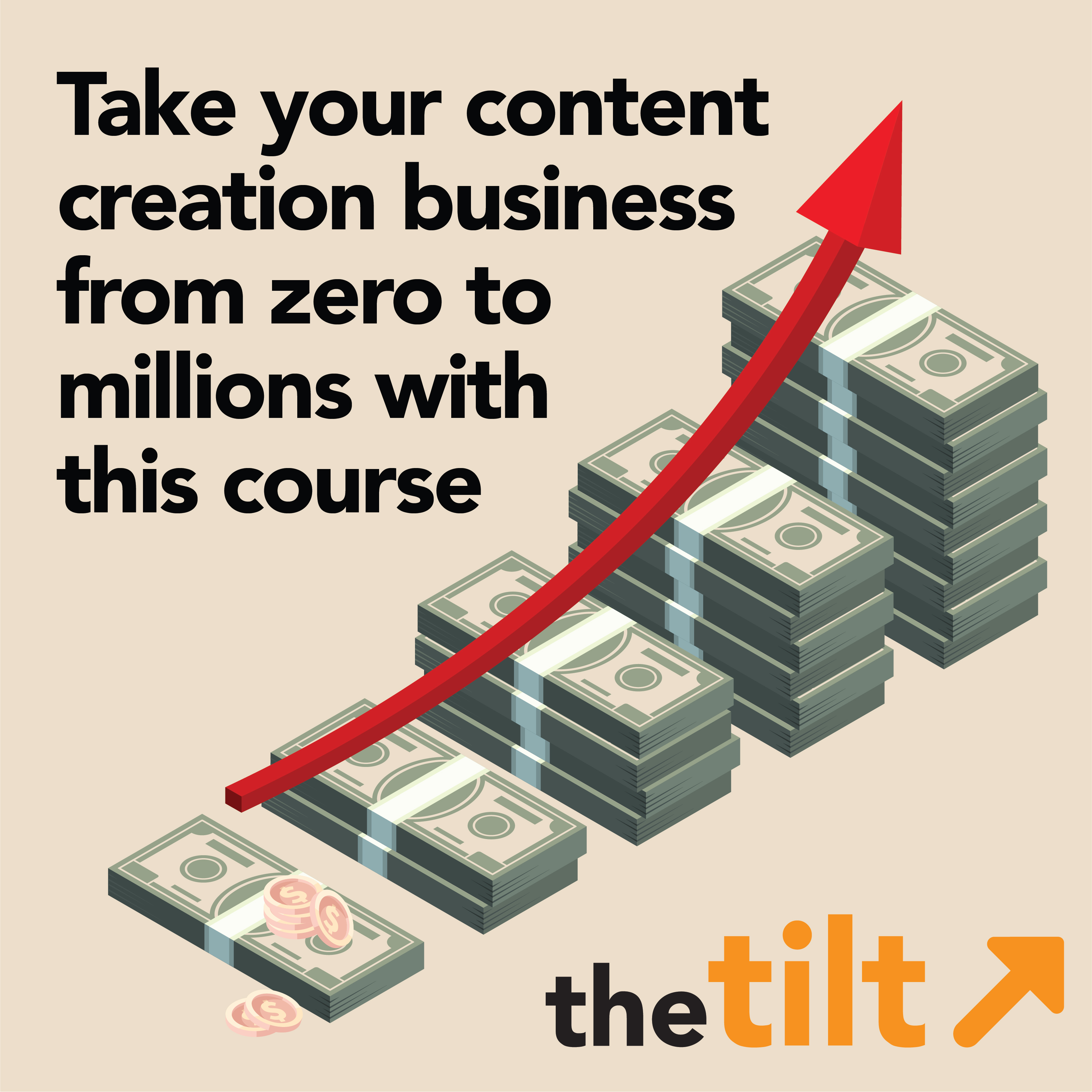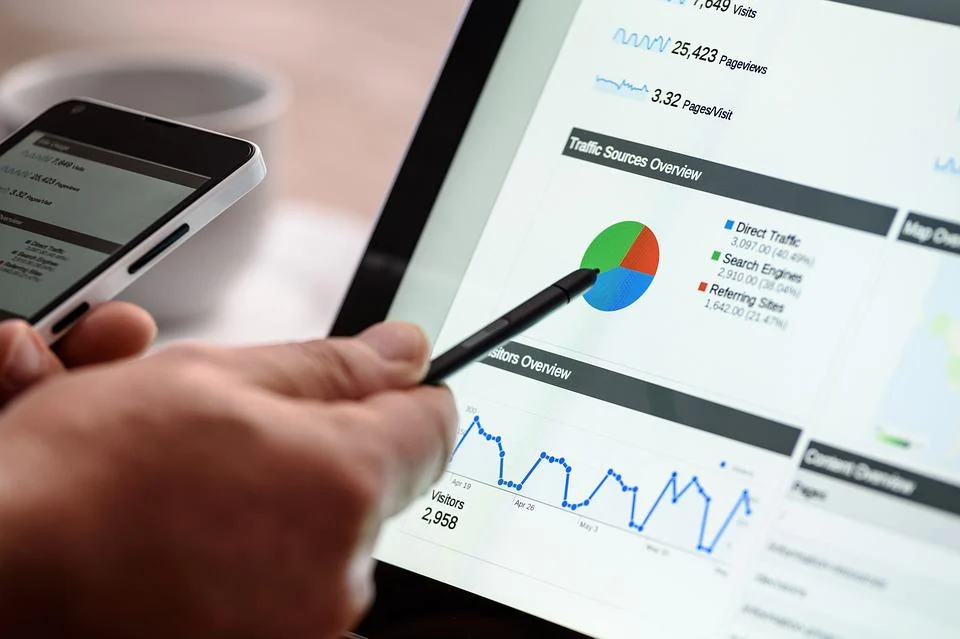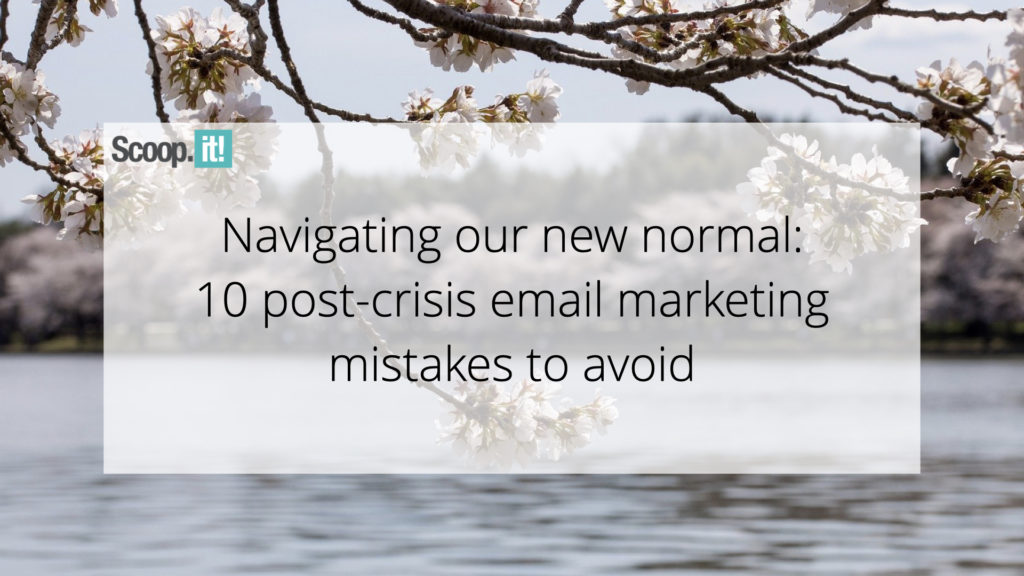Seismic Shift Marketing: What You Need To Do Now

Table of Contents
 Does your business break through the seismic marketing shift?
Does your business break through the seismic marketing shift?
Does your target audience find your business when they need it and take action?
Probably not!
Why?
Because the seismic shift has changed the global environment massively across business, political and social factors.
As a result, your audience including your customers, employees, local community and broader society have adapted to these dynamics and realities.
Translation:
You face a different audience and business environment including political, social and financial implications. Together these factors create new challenges for your business and brand.
So what can you do?
Pivot your marketing strategy and plans to acknowledge and address this major disruption. While you probably already have some of the necessary basics to meet these changes, you’ll need to modify your marketing mix and adjust your budget allocation. So you produce profitable results despite the seismic marketing shift.
We’ll define seismic shift marketing and the trends behind it with charts and analysis to help you understand what this means for your business.
► What Is the Seismic Shift in Marketing?
The Seismic Shift Marketing Definition You Need To Know
The 3 core elements of Seismic Shift in Marketing are:
- Content saturation;
- Accelerated AI and other transformative technologies; and
- Expanded use of voice-enabled devices reaching a tipping point
Take note: the buyer journey across customer segments and interests has changed from what marketers had envisioned.
Gartner’s Brent Adamson pointed out in 2019 that to drive profitable sales and satisfied customers, both marketing and sales had to change to meet and fulfill prospect and customer needs with a channel agnostic approach to this new purchase process. While Adamson referred specifically to B2B customers, his approach applies to all types of products and services.
As a result of this confluence of these factors, businesses need to change their marketing approach to reach their broader audience who have changed along with their buying needs and wants.
► What Caused A Seismic Shift In Marketing To Occur?
The Background You Need To Understand This Dynamic Change
The Seismic Shift in Marketing occurred due to the massive changes around the world that took place between 2016 and 2022. These transformations occurred across political, social and economic spheres. As a result, people emerged with different perspectives, needs and priorities.
Events and Trends That Set The Stage For the Seismic Marketing Shift
In 2016, the UK Brexit vote and the 2016 US Presidential Election changed political landscapes. Scandals, politically biased reporting, fake news and disinformation sowed distrust in governments and civic institutions.
In the years following, Democracy itself was under attack around the world with the rise of autocratic governments and political parties. The highly partisan 2020 US Election and the refusal of the former president to accept the results culminated in a violent uprising: the January 6, 2021 attack on the US Capitol.
Also, Giant global corporations gained a choke hold during this period on the technology and financial communities. Media and technology companies expanded into a broad array of content channels. This limited opportunities for other start up technologies.

The deadly COVID pandemic shut down life around the world and overwhelmed hospitals. The medical and drug industries worked together to develop life-saving vaccines.This accelerated changes in how medical services are marketed and delivered to the public.
On May 25, 2020 a brave young woman captured the murder of George Floyd by police officer Derick Chauvin on her smartphone. Her video went viral and ignited the Black Lives Matter movement (aka: #BLM). Citizen journalism laid bare many of society’s problems but also contributed to the flood of content. Inclusiveness and cultural awareness became important marketing topics.
Actionable Marketing Lesson
- Digital divide disappeared since consumers needed to use different technologies and devices to get life’s necessities and to stay in contact with family, school and work. As a result, people’s lives and lifestyles changed.

► 3 Elements of Seismic Marketing Shift
1. Content Saturation
Content saturation has increased due to:
- Proliferation of new communication channels and platforms
- Falling costs of content creation and distribution tools
- Globalization of audiences and sources of information
This leads to a severe decline in content’s ability to break through to audiences seeking trustworthy, quality information when making purchase decisions.
In measurable terms this translates to:
- Median number of social shares fell to 4 in 2017 from 8 in 2015.
- 90% of content attracts less than 62 shares while 5% of content received 343 shares and the top 1% received 2409 shares.
- 65% of social shares are dark social, namely via private means. This translates to no marketing tracking. [Source: BuzzSumo Content Trends 2018]

In addition, people use a wide variety of channels beyond search and social media to find content of interest. This includes growth of mobile notifications and Slack channels. [Source: Hubspot]
 People consume different forms of digital content and entertainment via diverse devices for both B2C and B2B. [Source: PwC]
People consume different forms of digital content and entertainment via diverse devices for both B2C and B2B. [Source: PwC]

In addition to content overload, consumers have lost trust in most forms of media and related resources. This reduces media effectiveness for marketers seeking attention for their content and promotions. [Source: Edelman Trust Barometer 2022]
- For PR, 57% trust media with named sources;
- For content marketing, 54% trust major corporations.
- 49% trust advertising but platforms, content format and devices aren’t stated; and
- 38% trust social media.

Roughly two-thirds of Google searches are zero click, meaning the searcher gets the desired information on the search results page without clicking through to a site. Google has a proprietary system that allows it to collect and atomize this information while advertisers are left in the dark. [Source: Sparktoro 2022].
As a result, advertisers must spend more just to see the same metrics.

To put Google’s Zero Click in perspective, Google, Facebook and Amazon increased their share of the US digital advertising market from 80% in 2019 to almost 90% in 2020 according to GroupM. During this period, non-digital ad spending declined while television, newspapers and billboards had double-digit losses. [Source: WSJ]

Content saturation continues its exponential growth as these data points and infographic reveal.
- 79 zettabytes of data was consumed annually in 2021 and projected to grow to over 180 zettabytes by 2025.
- 5.17 billion people or 65% of the world population accessed the Internet in July 2021, up 10% from January 2021.
- 92.6% of people used mobile devices to access the Internet.[Source: Domo]

What does content saturation mean for your marketing?
- Your audience sees increased content competing for their attention;
- Your audience is more fragmented and can include specialized niches;
- Your audience has shorter attention spans;
Seismic Marketing Shift Questions
- Do you need to pivot your content to a more defensible niche so your message breaks through to attract attention and build an owned audience?
- Can you provide content tailored to your audience’s needs when, where and using whatever channel, device and/or format they want to use?
- Has your paid promotion to support your content and communications distribution increased? And does it continue to yield the same or better results? If not, consider modifying it.
Actionable Marketing Tips
- Build an owned audience and direct distribution models.
- Add video to your content marketing offering.
2. Accelerated Technology Transformation
Marketing AI Continues To Grow
Over the last 2½ years, the speed of digital transformation increased as people and businesses adapted to the changes required by the pandemic and related disruptions. In 2020, Microsoft CEO Satya Nadella said, “We’ve seen 2 years worth of digital transformation in 2 months.”
In 2021, over half of McKinsey respondents added Artificial Intelligence to at least one business function. Two-thirds of respondents expect investment in AI will continue to grow over the next 3 years.
Over one quarter of respondents report that AI has improved their earnings before interest and taxes (EBIT) by at least 5%, [Source: McKinsey 2021]
Seismic Marketing Shift Questions
- Do legacy systems across your organization talk to each other and to new AI and digital systems?
- Does your organization have clean, de-duped quality data integrated and connected across all departments?
- Does your organization follow data privacy, permissioning and security protocols?
Actionable Marketing Tips
- Offer users the option of how they want to interact with your business via voice. Don’t assume that all of your users will follow you to a voice-only option.
- Allow voice users to talk to a human ASAP for support. Allow users who choose to use your Voice FAQ and “How To” content to talk directly to a human being during business hours when they need to avoid upset prospects and customers.
3. Voice and Internet of Things Transform Customer Usage
New devices reach mass acceptance.
As background, Apple introduced Siri for its iPhone in 2011 and applications for it continue to evolve. Amazon introduced its Alexa Voice Assistant in 2014 and Google followed with its Google Assistant in 2016 establishing the viability of voice-driven smart assistants.
These companies extended the smartphone app model by providing free development environments for Alexa and Assistant devices and apps. By taking care of the AI needed for Natural Language Understanding (NLU) and voice synthesis, Amazon, Google and other firms made it easy to create voice-driven skills and actions for their smart assistant devices.
NLU had been growing for years in Interactive Voice Response (IVR) telephone systems. These systems are menu driven with pre-recorded responses, whereas smart assistants are conversational and dynamic. Their presence as an additional channel for content distribution propelled further progress in AI for marketing.
As a result, voice-enabled services have spread to many different devices and environments including: smartphones, desktop computers, tablets, smart TV sets, cars, gaming consoles, kiosks and appliances.

Actionable Marketing Lesson
- Add voice to your marketing mix to humanize and differentiate your brand; expand your market by becoming more inclusive and available, and to improve the customer experience (CX) with your products and services.
Actionable Voice Marketing Tips
- Develop and/or translate your content into audio and voice formats. Then distribute it across all types of voice-enabled devices and locations.
- Determine where your suppliers need you to provide additional audio or voice content. For example, this is important if your business distributes products through Amazon or Walmart.
Where Does Voice Fit In Marketing?
- Branding
- Customer experience (aka: CX) *Includes IVR and chatbots
- Content & communications
- Search
- Influencer
- Advertising
- Commerce
- Omni-channel
- Retention
Seismic Marketing Shift Questions to Ask:
- Does your content strategy support addition of voice and audio options?
- Do your brand guidelines extend to voice & audio?
- Do you have existing voice &/or audio content?

► Seismic Shift Marketing Conclusion
As Seismic Shift Marketing becomes more apparent, it’ll become more and more difficult for your marketing content, information, data and promotions to attract attention.
Beyond making the case to your boss regarding this massive disruption, prepare your marketing to remain visible and viable over time.
The good news:
Continue to build on your best existing content marketing assets to keep them up-to-date, transformable to other content formats, and continually promoted.
While success requires investment and work, you can start to build your post-seismic marketing shift platform now.
Happy Marketing,
Heidi Cohen
From leading content entrepreneur,
Joe Pulizzi, and the team at The Tilt.
Get access to everything you need to go from content creator to content entrepreneur.
Work at your own pace, online classes for anyone looking to grow their content business.
Photo credit: https://www.pexels.com/photo/snow-covered-field-2857081/ cc zero









